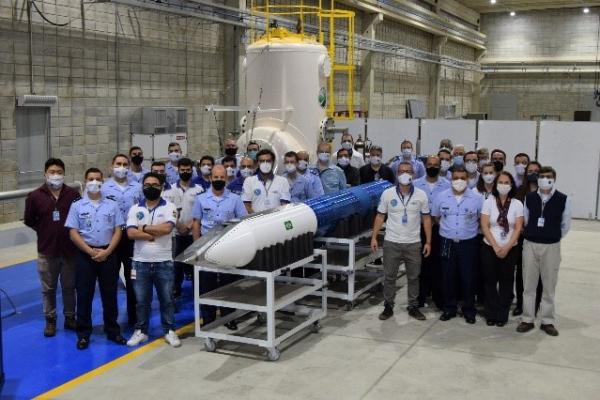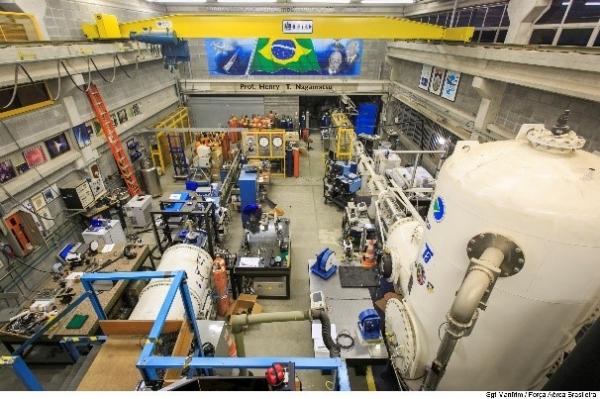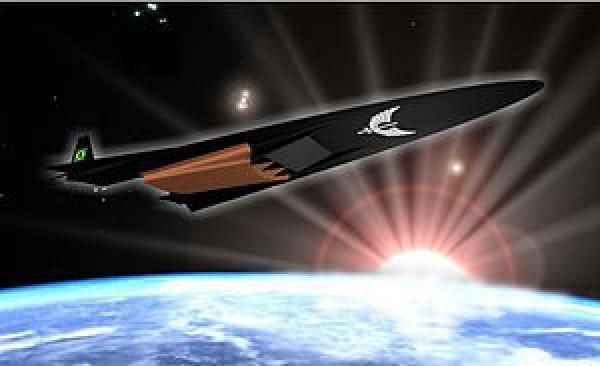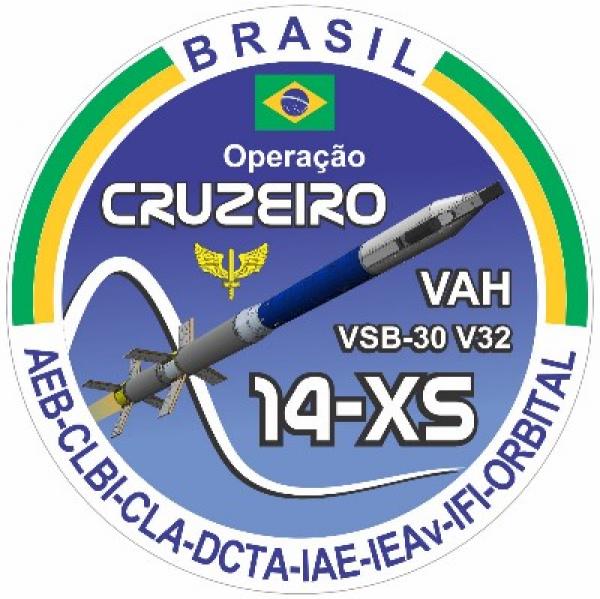Brazil in the era of Hypersonic Propulsion: Project 14-X
Since the mid-1990s, the Brazilian Air Force has maintained active research in the area of aspirated hypersonic technologies

IEAv team of technicians and researchers
In 1906, Alberto Santos-Dumont enchanted the world with the flight of the first aircraft with active propulsion. It was the beginning of an era in which engines joined aerodynamic surfaces, universally symbolized by wings, to shape atmospheric flight as we know it today.
Over more than a century of aviation, as challenges emerged, the greater the ingenuity of scientists and engineers. This is how, from pioneering piston devices (internal combustion) to modern jets (or jet engines), including recent advances in electric engines, every aviator’s dream – to go faster, further and higher – became served by the development of new engines.
Even for the most incredible machines, however, nature has always been relentless with its limits. Going faster meant overcoming the drag barrier; higher, the oxygen limit, essential for burning fuels; further, the challenge of lighter aircraft.
What seemed to be the end of the line, however, became a new starting point with the emergence, post-war, of Aspirated Hypersonics, an area of knowledge responsible for the development of engines and aircraft capable of operating at speeds above of Mach 5 (fastest), beyond the 10 km altitude limit (highest) and with the use of atmospheric oxygen, without the need to board it (further). And, like Santos-Dumont, once again Brazil is one of the protagonists of this story, whose plot can be followed daily on the pages and websites of national and international media.

Partial view of the IEAv laboratories

Since the mid-1990s, the Brazilian Air Force (FAB), through the Institute of Advanced Studies (IEAv), a military organization of a technical-scientific nature belonging to the Department of Aerospace Science and Technology (DCTA), headquartered in São José dos Campos (SP), maintains active research in the area of aspirated hypersonic technologies.
In 2008, as a way to coordinate and consolidate efforts, the 14-X Hypersonic Propulsion Project, PropHiper, was created, whose mission consists of developing a demonstration platform for two critical technologies for the domain of Aspirated Hypersonics: the scramjet engine and the aerodynamic surface waverider. As a result, the integrated vehicle
scramjet-waverider will be capable of reaching ten times the speed of sound, around 12 thousand kilometers per hour, at 30 kilometers altitude, positioning Brazil alongside nations such as the United States, Japan, Australia, Russia, France and China, which They also carry out research and development in the area.
To achieve its objective, the PropHiper Project was divided into four major stages, which correspond to flight tests of the main subsystems of the integrated vehicle, called 14-X W. In each test, the Project management established the use of Technology Demonstrators, artifacts built specifically to demonstrate the functioning of subsystems during hypersonic flight.
A primeira entrega corresponde à realização da Operação Cruzeiro, em que a plataforma de demonstração do motor hipersônico aspirado, batizada de 14-X S, será levada até sua condição de partida, a cerca de 7.500 km/h na estratosfera terrestre, por um Veículo Acelerador Hipersônico (VAH), baseado no foguete de sondagem VSB-30, o 32º da série, construído pelo Instituto de Aeronáutica e Espaço (IAE).


The construction of the 14-X S was carried out by hiring Orbital Engenharia, a national company with extensive experience in projects in the aerospace sector, while its inspections and qualification and acceptance tests for flight testing were conducted through partnerships with the IAE, and with the Institute for Industrial Development and Coordination (IFI).
Completando o esforço conjunto em prol da Operação Cruzeiro, o 14-X S será lançado a partir do Centro de Lançamento de Alcântara (CLA) que, além de dispor de infraestrutura única para lançamento e rastreamento, apresenta naturalmente uma localização privilegiada, capaz de oferecer um vasto “corredor de voo”, sobre o Oceano Atlântico. Ainda em apoio à Operação, o Centro de Lançamento da Barreira do Inferno (CLBI) será utilizado como uma estação remota para rastreio redundante da trajetória. Assim, a Operação Cruzeiro fecha um ciclo de pouco mais de uma década de esforços sistemáticos no estabelecimento das bases para o desenvolvimento de tecnologias hipersônicas, ao mesmo tempo em que dá início a um novo ciclo inédito da hipersônica aspirada em solo nacional.
Source: Força Aérea Brasileira Photos: DCTA / IEAv

